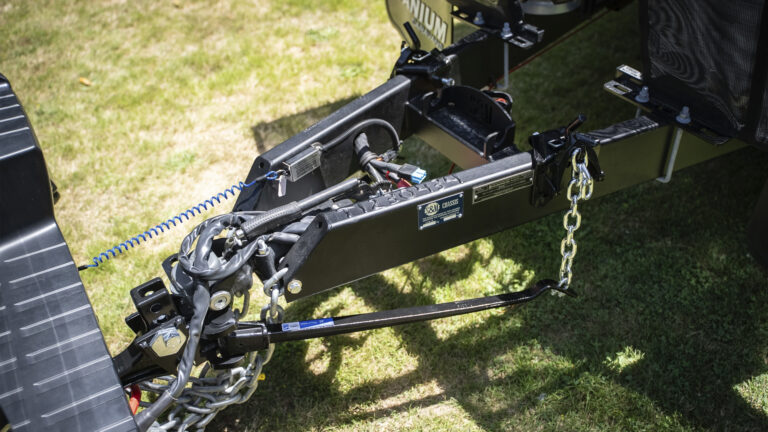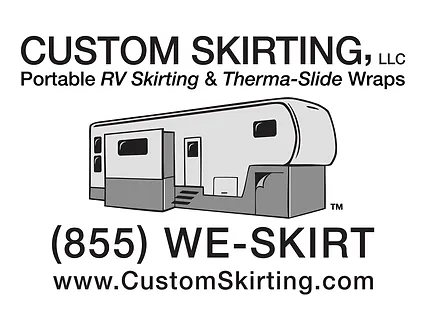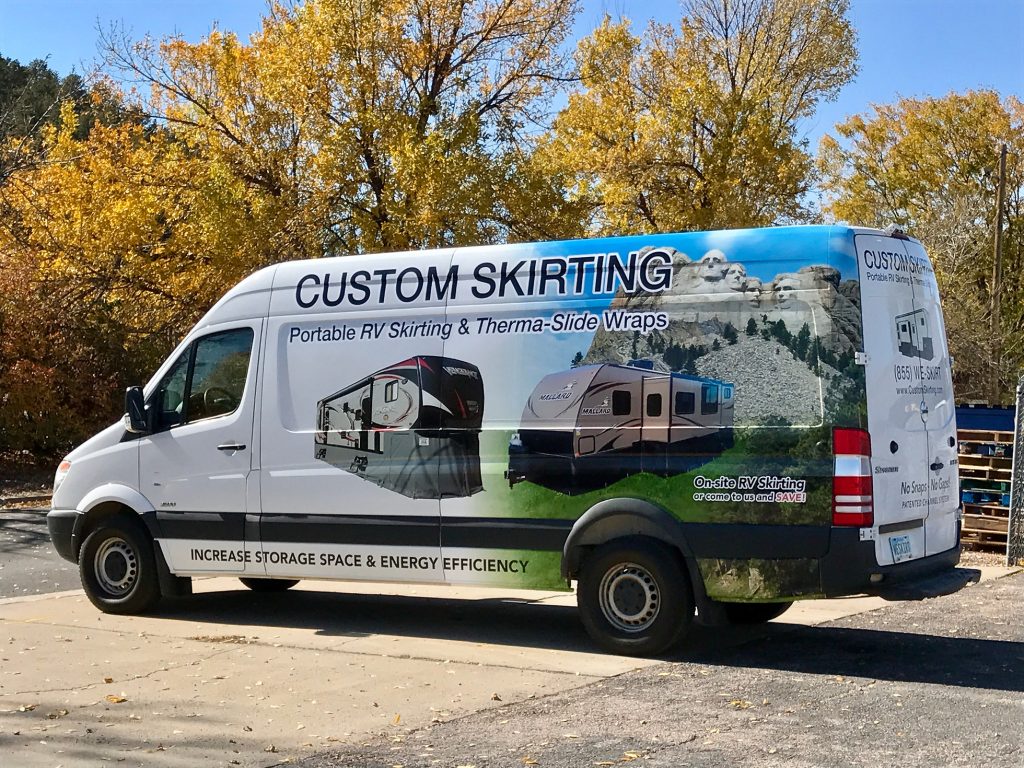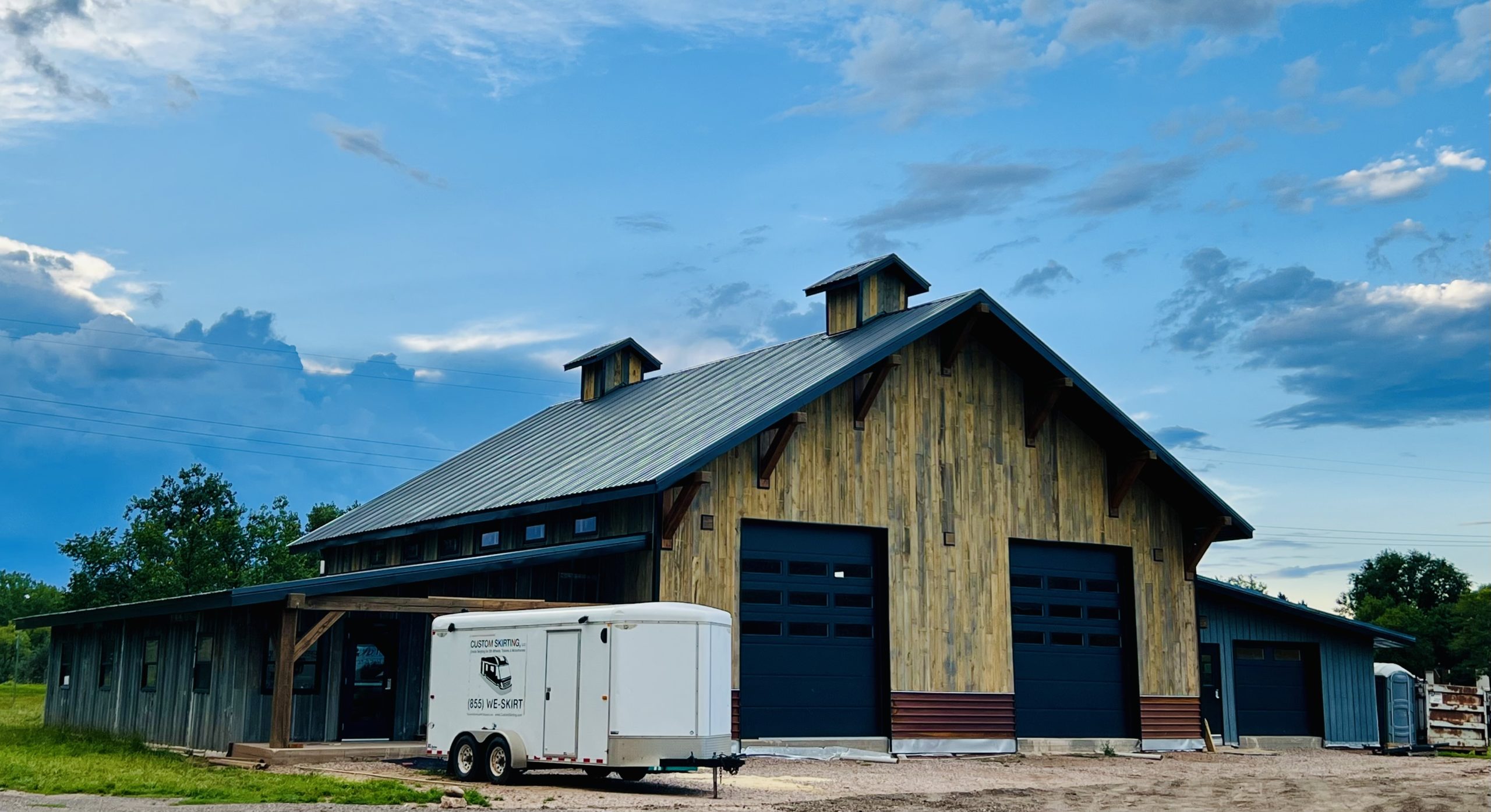Table of contents
Towing safety is a top priority for RV owners, whether you’re a seasoned traveler or a newcomer to the world of recreational vehicles. One question that often arises is, “Do I need a weight distribution hitch?” With so much discussion surrounding safe towing practices, it’s no surprise that many RVers want to know whether a weight distribution hitch is necessary for their setup. Do you need a weight distribution hitch for every towing scenario, or is it reserved for specific cases? This guide will break down what you need to know about weight distribution hitches, their benefits, and how to determine if one is essential for your RV adventures.
Understanding Weight Distribution Hitches
What is a Weight Distribution Hitch?
A weight distribution hitch is a specialized towing tool designed to distribute the tongue weight of the trailer more evenly across both the towing vehicle and trailer axles. Its primary components include spring bars and a lever mechanism, which work together to transfer some of the trailer’s tongue weight from the rear axle of the tow vehicle to the front axle. This redistribution of weight helps maintain balance, providing better handling and control.
If you’re asking yourself, “Do I need a weight distribution hitch?” understanding how it works is essential. This device helps prevent your vehicle’s rear end from sagging under the weight of the trailer, which can lead to poor handling, decreased braking performance, and increased sway. By keeping both the tow vehicle and trailer level, a weight distribution hitch ensures a safer, more stable towing experience.
Benefits of Using a Weight Distribution Hitch
The benefits of using one can make a significant difference in your towing experience. Some of the key advantages include:
- Improved Vehicle Control: By evenly distributing the load, a weight distribution hitch improves steering response and overall handling, especially in windy conditions or when driving on uneven terrain.
- Reduced Trailer Sway: Swaying can be dangerous, particularly when traveling at high speeds or on highways. A weight distribution hitch minimizes trailer sway, giving you more control and peace of mind.
- Enhanced Braking Performance: Distributing the weight across both the front and rear axles helps improve braking performance, reducing the risk of jackknifing or loss of control.
- Better Stability: A balanced setup means a more stable ride, with less bouncing and swaying, ensuring a smoother towing experience.
These benefits make weight distribution hitches a valuable tool, especially for larger trailers or more challenging road conditions.
Determining if You Need a Weight Distribution Hitch
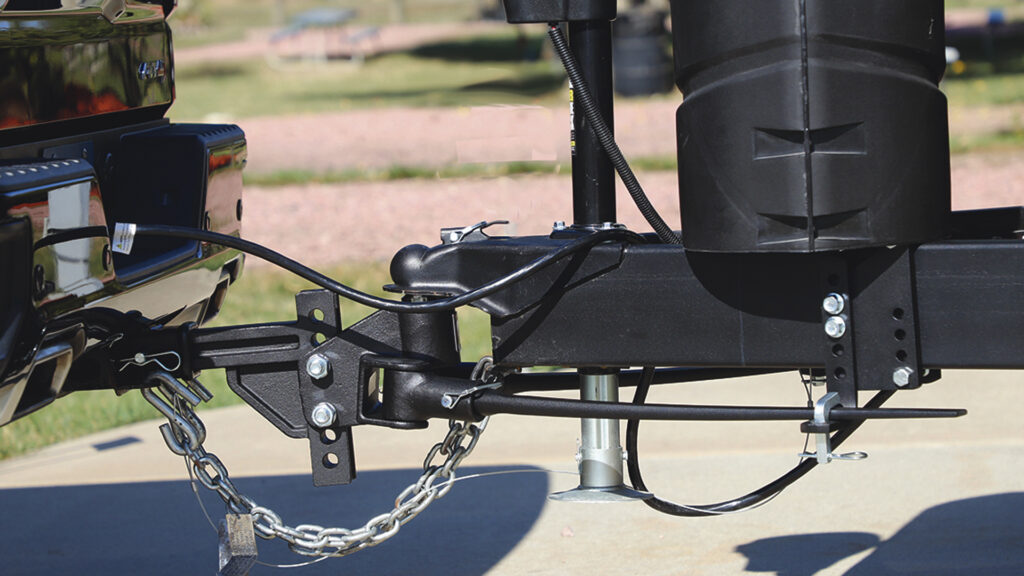
Factors to Consider
Do you need a weight distribution hitch for your specific setup? The answer depends on several factors, and not every towing situation will require one. Here are the primary considerations:
- Trailer Weight vs. Tow Vehicle Weight: If your trailer weighs more than half the weight of your tow vehicle, you should seriously consider using a weight distribution hitch. The heavier the trailer in relation to your vehicle, the more likely you’ll need one.
- Manufacturer Recommendations: Always check the recommendations provided by the manufacturer of both your tow vehicle and trailer.
- Tongue Weight: Tongue weight refers to the downward force that the trailer applies to the hitch. If the tongue weight is too high (typically over 10-15% of the trailer’s total weight), it can cause your vehicle to sag in the rear.
- Type of Trailer: Travel trailers and toy haulers are more likely to need one, while fifth wheels generally don’t require them due to their different hitching system.
- Towing Distance and Frequency: If you frequently tow long distances or in variable conditions, a weight distribution hitch can make your trips smoother and safer.
General Guidelines
A general rule of thumb is that if your trailer’s loaded weight exceeds 50% of the weight of your tow vehicle, a weight distribution hitch is recommended. However, individual circumstances—such as the terrain you’ll be traveling on, how often you tow, and the type of trailer—may also play a role.
Choosing the Right Weight Distribution Hitch
Types
Ii’s time to explore the best one for your needs. There are several types to consider:
- Round Bar vs. Trunnion Bar Systems: Round bar hitches feature curved spring bars that attach to the hitch head, while trunnion bar systems use straight bars. Trunnion bar hitches tend to offer better ground clearance and are generally preferred for larger trailers.
- Chain-Style vs. L-Bracket Systems: Chain-style hitches use chains to adjust the tension on the spring bars, while L-bracket systems rely on metal brackets. L-bracket systems are typically easier to adjust and offer more precise control over weight distribution.
Matching the Hitch to Your Setup
Choosing the right hitch involves more than just selecting the type. You’ll need to match the hitch to your towing setup by considering factors such as:
- Gross Trailer Weight (GTW): Ensure the hitch is rated to handle the total weight of your loaded trailer.
- Tongue Weight (TW): The hitch should also be rated to accommodate the trailer’s tongue weight.
- Tow Vehicle Hitch Receiver Ratings: Check that your tow vehicle’s hitch receiver is compatible.
- Desired Features: Some hitches come with integrated sway control, which can be an added benefit for improving towing stability.
Installation and Use of Weight Distribution Hitches
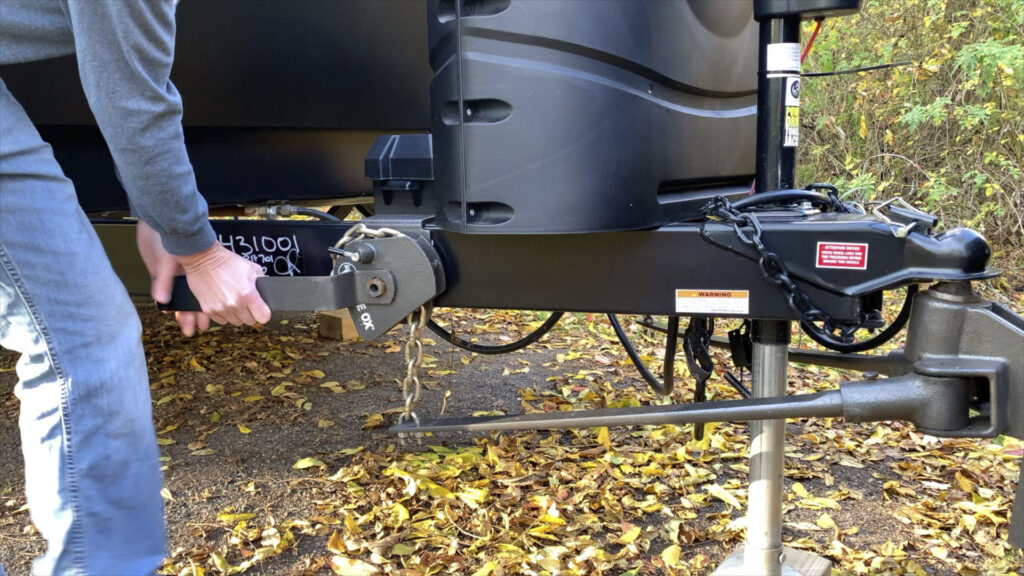
Professional Installation vs. DIY
Once you’ve selected the best one for your needs, the next question is whether to install it yourself or hire a professional. Professional installation ensures that the hitch is properly set up and adjusted. However, many RV owners choose to install the hitch themselves, following the manufacturer’s instructions closely.
If you opt for a DIY installation, make sure to thoroughly understand the process and double-check all measurements and adjustments.
Proper Use and Maintenance
Proper use and maintenance are key to ensuring its effectiveness. Here are some tips:
- Regular Inspections: Inspect the hitch before every trip to ensure all components are secure and functioning properly.
- Lubrication: Keep the moving parts of the hitch well-lubricated to reduce friction and wear.
- Adjustments: Over time, you may need to adjust the tension on the spring bars to maintain optimal weight distribution, especially if you change the load in your trailer.
Alternatives
While weight distribution hitches are effective, they aren’t the only solution for towing stability. Alternatives include:
- Sway Control Devices: These devices are often used in conjunction, but they can also be installed separately to minimize trailer sway.
- Air Suspension Systems: Air suspension systems adjust the height of your tow vehicle’s rear end, helping to maintain balance and stability.
Ready for Your First RV Adventure? Stay at Black Hawk Creek RV Park!
Are you preparing for your first RV trip with your new towing setup? Make Black Hawk Creek RV Park & Cabins your home base as you explore South Dakota’s iconic attractions like Mount Rushmore and the Badlands. Our park is perfect for new RVers, offering a comfortable, pet-friendly environment and easy access to nearby sights. Whether you’re fine-tuning your weight distribution hitch or just starting out, you’ll have a stress-free experience with us. Book your stay today and kick off your RV adventures the right way!



